If you are running a PHP IIS stack and have this error, it is usually a quick permission fix.
If you administer the windows server yourself and have access, try this FIRST:
Navigate to the folder that is giving you grief on writing to and right click it > open properties > security.
See what users have access to the folder, which ones have read only and which have full. Do you have a group that is blocking write?
The fix will be specific to your IIS setup, are you using Anonymous Authentication with specific user IUSR or with the Application Pool identity?
At any rate, you are going to end up adding a new full write permission for one of IUSR, IIS_IUSRS, or your application pool identity - like I said, this is going to vary depending on your setup and how you want to do it, you can go down the google rabbit hole on this one (one such post - IIS_IUSRS and IUSR permissions in IIS8) For me, i use anon with my app pool identity so i can get away with MACHINE_NAME\IIS_IUSRS with full read/write on any temp or upload folders.
I do not need to add anything extra to my open_basedir = in the php.ini.




